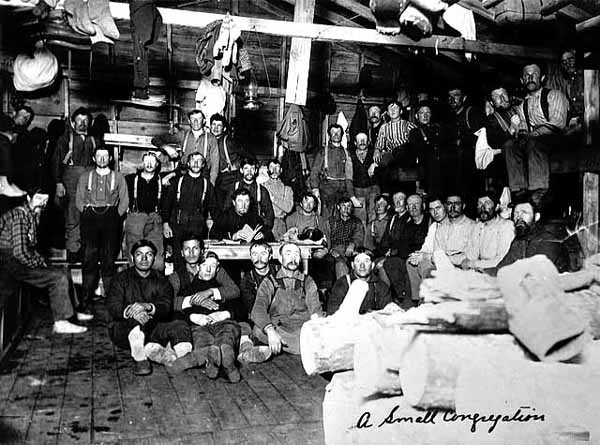Welcome to the Hardcore Husky Forums. Folks who are well-known in Cyberland and not that dumb.
Historical industry photo porn open thread
Comments
-
Mt Lassen is the forgotten volcano. Really cool place between Reno and Shasta on the highways not the freeways
-
People forget that.RaceBannon said:Mt Lassen is the forgotten volcano. Really cool place between Reno and Shasta on the highways not the freeways
-
-
Where are you in this one?RaceBannon said:
You captured a great photo.RaceBannon said:
-
We visited Lassen on our mid 90's NW volcano tour. We had walked up the back of St Helens to look at the blast zone. Hood, Baker, Shasta and the rest
Lassen looked like St Helens with the face blown off. These are powerful bombs among us -
Have we ever thought about sending George Brett a chinvite?GrundleStiltzkin said: -
Renton Coal Mine


New Black Diamond Mine, Renton, 1927 Courtesy MOHAI (1983.10.647.1)
A bituminous that burns like a lignite. -
-
Photographs of the Fishing Industry, ca. 1897-1917
Fish fertilizer plant of the Robinson Fish Co, Anacortes, Washington, April 22, 1910
Fisherman dip netting salmon from the Copper River, Alaska, n.d.
Fishermen dressing and packing halibut on dock, Ketchikan, Alaska, October 3, 1910
Fishermen hauling halibut on to the deck of a fishing vessel, Alaska, n.d.
Harpoon mounted on a whaling boat, Alaska, ca. 1915
Point Roberts cannery, Washington, ca. 1918








